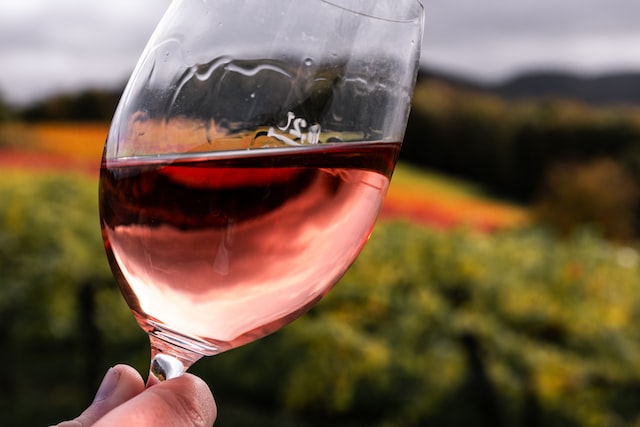Monday: I have just tried a white wine with so much alcohol that it practically cauterised my tongue and dissolved my taste buds. From a grape variety one might associate with oceanic freshness and tensile acidity. Why would you release a wine with such clunky character, knowing how difficult it would be to drink more than a glass? To temper the ferocity, one solution might be to blend in a lighter wine. The wider question though is surely this: as a winemaker you must be tasting the wine constantly and be able to forecast how it will turn out. It’s the vintage, stupid – yes, we get that. Summers are assuredly hotter and drier. Exceptional conditions are now the quotidian. So, accommodation must be made for this, with greater vigilance in the vineyard and forethought in the winery. A hot wine is not a happy wine.
Tuesday: I’m looking at a tech sheet. The methodology detailed therein suggests that the wine I am currently supping should be straight. Polite and orthodox even. So, why does it taste bonkers? It’s like five different wines in one. It starts clean enough in a semi-reductive way, becomes milky, moves towards mousy and then returns to mild funk, never crossing the line into unadulterated madness. I now understand why many vignerons are reticent to fill in our technical sheets as they will invariably oversimplify how the wine in question came into existence, how it lives now, and how it will develop over time. Wine is so much more than raw lab analysis and the numbers game.
Wednesday: Idle thought. As wine merchants, we are psychologically skewed to prefer our own wines. We bought them, we bought into them. We feel comfortable around them. So, when I go to a restaurant, I’m afraid to say that I tend to play ultra safe and order a wine that we sell to self-same restaurant. (Hangs head in shame.) However, curiosity does get the better of me at times. Let me add that I very much want to enjoy the wines brought in by other companies, even if that appreciation goes hand-in-hand with a twinge of envy that the importers of these wines have sourced something extremely delicious! Yet, how often am I disappointed. Is it me? It must be, as I am the common denominator in the experience. Equally, I am certain that it is not an unconscious bias. It is surely to do with the development of an internal “house style”, that over a period of wine buying time, our individual palates have become configured mainly to enjoy a very particular style of wine.
The methodology detailed therein suggests that the wine I am currently supping should be straight. Polite and orthodox even. So, why does it taste bonkers? It’s like five different wines in one.
Thursday: “What are the challenges for the global wine industry and what opportunities is it missing out on?” Somewhere on earth, at any given time, there must be a conference taking place in which this topic (or something similar to it) is being discussed by an august panel of wine opinion formers and experts. Nothing gets the juices flowing more than a good hand-wringing jeremiad about missed commercial opportunities. To see the wine trade as an industry is depressing enough, and to characterise it as a single entity, like some massive oil tanker adrift in a vast commercial ocean, is a gross oversimplification. The other thing that annoys me is the casual presumption of the question, as if all business is engaged in a perpetual game of top trumps. Viewing all life through the capitalism prism ignores the realities and rhythms of change.
Friday: Back to prepping for a tasting and poring over the relevant fiche techniques. The notes on these sheets are always clearly bullet-pointed in order to make the details of the wine easier to remember. X wine is whole cluster or destemmed; the fermentation vessel is stainless/cement/used wood; the fermentation lasts z number of days; the maturation vessel is etc etc. Winemaking, however, is not just matter of choosing between a and b; it can involve bits of a, bits of b, and bits of c. Part destemmed, part whole cluster; maceration for this number of days, maceration for that number of days, co-ferment of certain portions separate fermentation for others, racking but also no racking, ageing in different vessels, blending in another. The wine is split into endless components and miraculously is brought together again. Winemaking is part alchemy, part painting. If you’re doing a tasting with a wine made in a particularly complicated way and you can’t recall all the intricate oenological details, just make it up.


